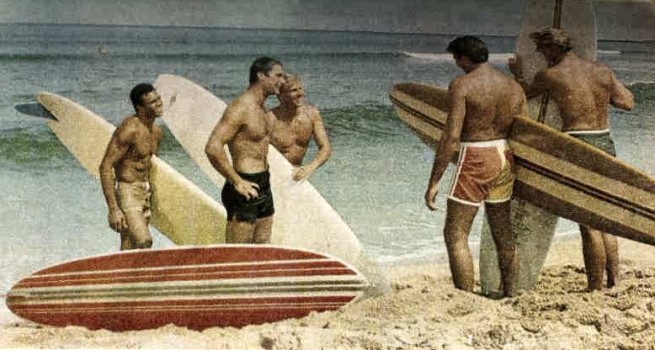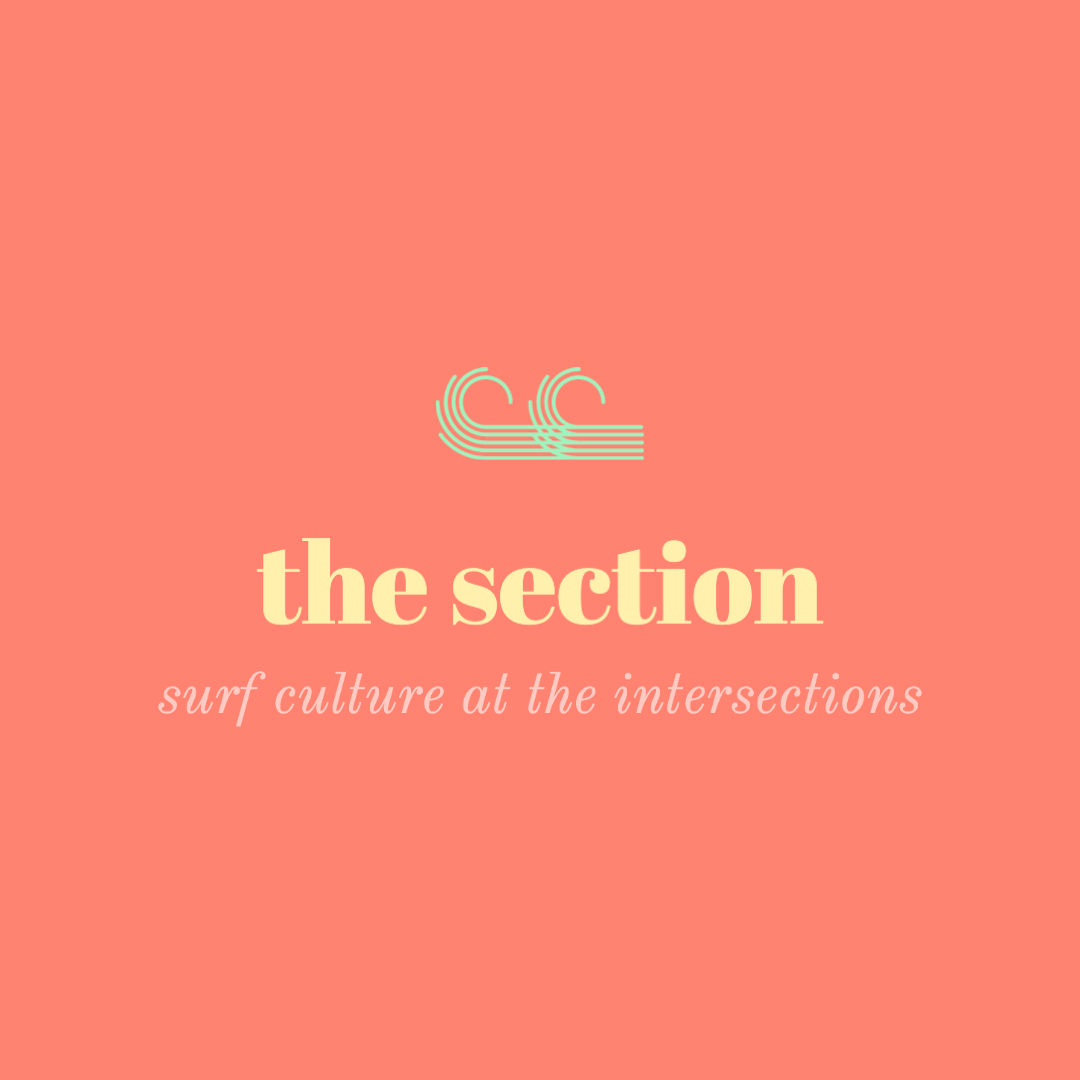
Mainstream surf culture has been persistently, and at times aggressively, gatekept by white men – which is pretty wild given that surfing originated in Indigenous cultures. The past decade, and the last five years especially, has seen more diverse participation and representation in surfing lineups, media, and competitions.
But there is a long way to go.
Lineups still tend to be highly gendered, not only in terms of who is in the water, but also in terms of how the tone of the lineup is managed. While other sports are beginning to reflect the multicultural constitution of Australia, surfing, both professionally and as a pastime, remains dominantly Anglo-Celtic. Representations of LGBTQI+ and disabled surfers are also highly marginalised.
In 2019 and 2020, Daniella became frustrated by the number of instagram accounts she was seeing promoting surf communities that had a severe lack of women and non-binary people present in their posts. She momentarily considered making 2.0 versions of the accounts as the ultimate troll ;), but decided it would be more productive to create a dynamic space for exploring alternative surf communities and identities. Enter: The Section!
Importantly, this space is interested in more than just representation. Representations of diversity and increased participation are not enough: for meaningful change to occur, we need to critically reflect on and actively deconstruct the maintenance of surfing barriers in Australian culture.
The Section zooms in on surfers who exist in the intersections: women and gender diverse surfers, LGBTQI+ surfers, First Nations’ surfers, migrant surfers, disabled surfers, and all those surfers who cross over these identity categories.
